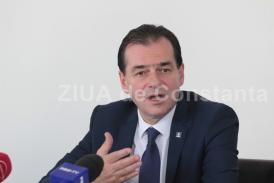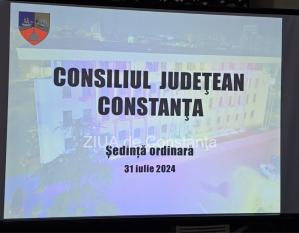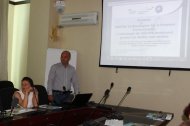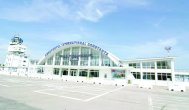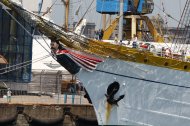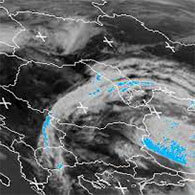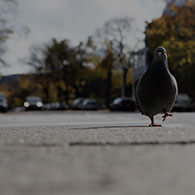International Cemetery Mircea Voda, the monument reborn from the ruins Claudiu Palaz -
International Cemetery Mircea Voda, the monument reborn from the ruins: Claudiu Palaz - 2993
Marime text
2993
Marime text

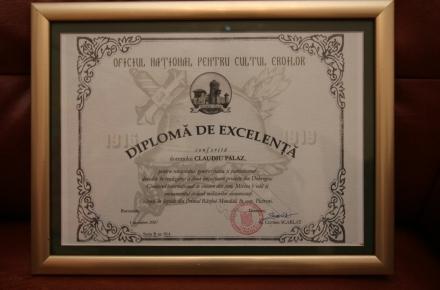 Palaz: "the cemetery was in a deplorable state. The shepherds led their animals to graze, and crosses were broken. Some were in such a critical state so six crosses of the Soldiers plot had to be cast again as they were unrecoverable"
Palaz: "the cemetery was in a deplorable state. The shepherds led their animals to graze, and crosses were broken. Some were in such a critical state so six crosses of the Soldiers plot had to be cast again as they were unrecoverable"
Starting June 28, 2010, the International Cemetery of Heroes - Mircea cel Batran", in Mircea Voda village, was declared, by order of the Minister of Culture, memorial monument from class 'A'. To this achievement has made a significant contribution Claudiu Palaz, the prefect of Constanta.
What does this recognition mean for Constanta County?
International Cemetery of Honor Mircea cel Batran adds value to national heritage, among other cultural and historic targets of Constanta County. Is a new recognition of the restless history of Dobrogea, which was over time a formidable stronghold in the way of many vicissitudes.
How it came to be labeled as a monument of Class 'A', given that many years any repairs have not been made to this cemetery?
In November 2007, after nearly a year of restoration work, the cemetery became as shown now, with the appearance reconstituted according to the initial state, using materials identical to the original. It couldn't be otherwise, given the international representative of this institution. All we did was to expose the value that exists there, and classifying the memorial Class "A" is recognition of that value.
I know you personally involved in planning and bringing to this stage this national monument. Please tell us: why did you do it?
Because this is how I felt. You can call it passion for history and respect for the values of the nation. My motivation is the feeling of Romanian duty.
What was the condition of the cemetery when his rehabilitation has been resumed?
I'm sorry to say that but the cemetery was in a deplorable state. There, shepherds led their animals to graze, and crosses were broken. Some were in such a critical state so six of the crosses from the Soldiers plot had to be cast again as they were unrecoverable.
What authorities were involved in restoring the cemetery?
Fortunately, my initiative was supported by the National Office for Heroes Memory, the Association "Heroes Cult"- subsidiary of Constanta, Mircea Voda village Hall, Archbishop of Tomis, Enel Distribution Dobrogea and RAJA witch ensures the lawn irrigation in the cemetery.
What was the amount required to restore the cemetery and where it came from?
A part of the money was provided by National Office for Heroes Memory, and the other part of their own funds and donations made by friends of mine who didn't want to disclose their identity, their gesture being motivated by that feeling I spoke of earlier.
Will be included Mircea Voda village on a route for foreign tourists arriving by cruise ships in ports of Constanta and Tulcea?
I do wish that. We need to promote the potential we hold; the cultural and historical tourism is an instrument of European cultural policy. It is good for travel agencies to consider this objective, because at Mircea Voda is the largest cemetery in Eastern Europe, which houses the remains of nearly 6,000 soldiers of different nationalities: Romanian, Russian, German, Bulgarian, Austrian and Hebrew. Obviously, for that, the local authorities have to ensure the infrastructure required for this purpose: a car parking at the entrance to the cemetery and, especially, the opening and from the national road.
Are you involved in other actions of the kind?
Yes. At Pietreni, my native village, we built a monument with ossuary where were deposited the remains of unknown soldiers - Romanian, Russian, Turks, Serbs, Germans and Bulgarians - who died fighting in battles in this area during World War I. It is a project completed in 2006, with a special contribution brought by the Military Archives of Pitesti and by National Office for Heroes Memory.
What other targets in this county could become national monuments and what should be done in this regard?
The county has many objectives, some of them little known, and I refer primarily to the western area of the county. But the local authorities and the Department for Culture, Cults and National Cultural Heritage Constanta have to identify and promote them.
Urmareste-ne pe Grupul de Whatsapp
 Fondul Documentar Dobrogea de ieri și de azi
Fondul Documentar Dobrogea de ieri și de azi



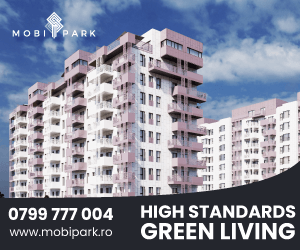
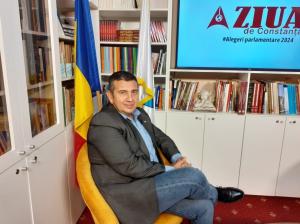


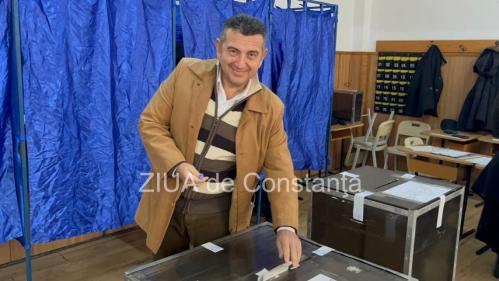

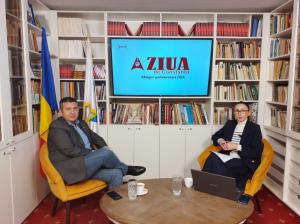
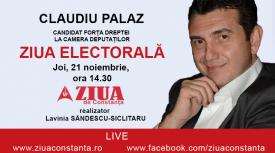
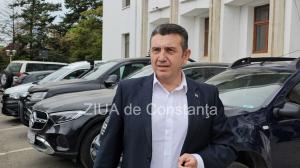
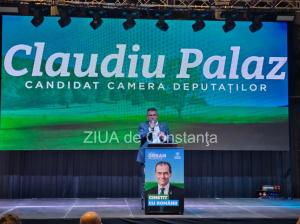
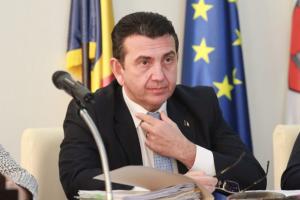
_thumb2.jpg)
